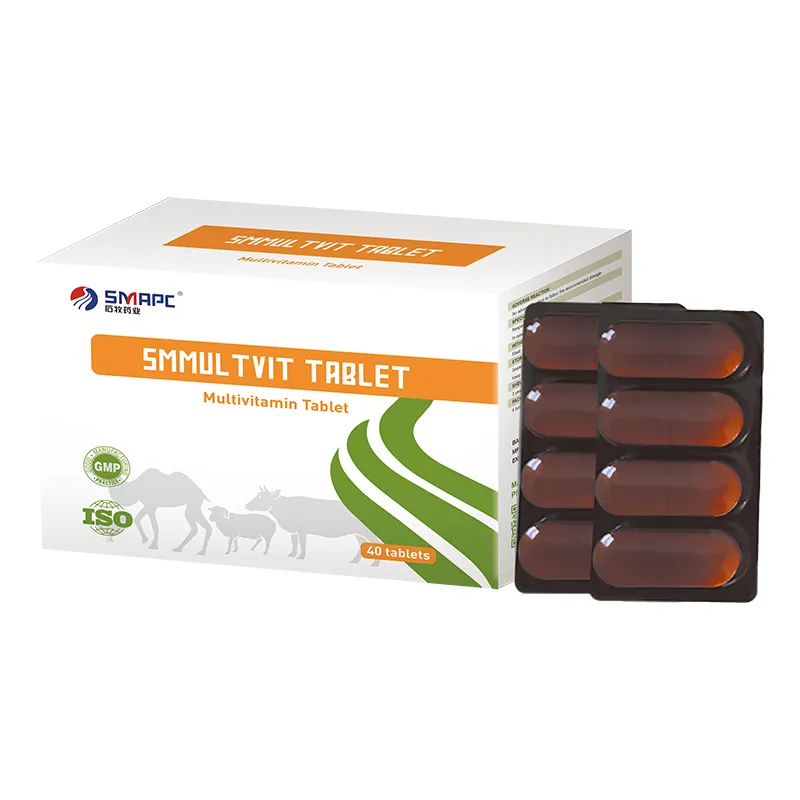As responsible dog owners, it is crucial to stay informed about your pet’s health. Observing any changes in behavior, appetite, or energy levels can be the first step in identifying health issues. Engaging in open communication with your veterinarian about observations and concerns can pave the way for effective treatment strategies.

